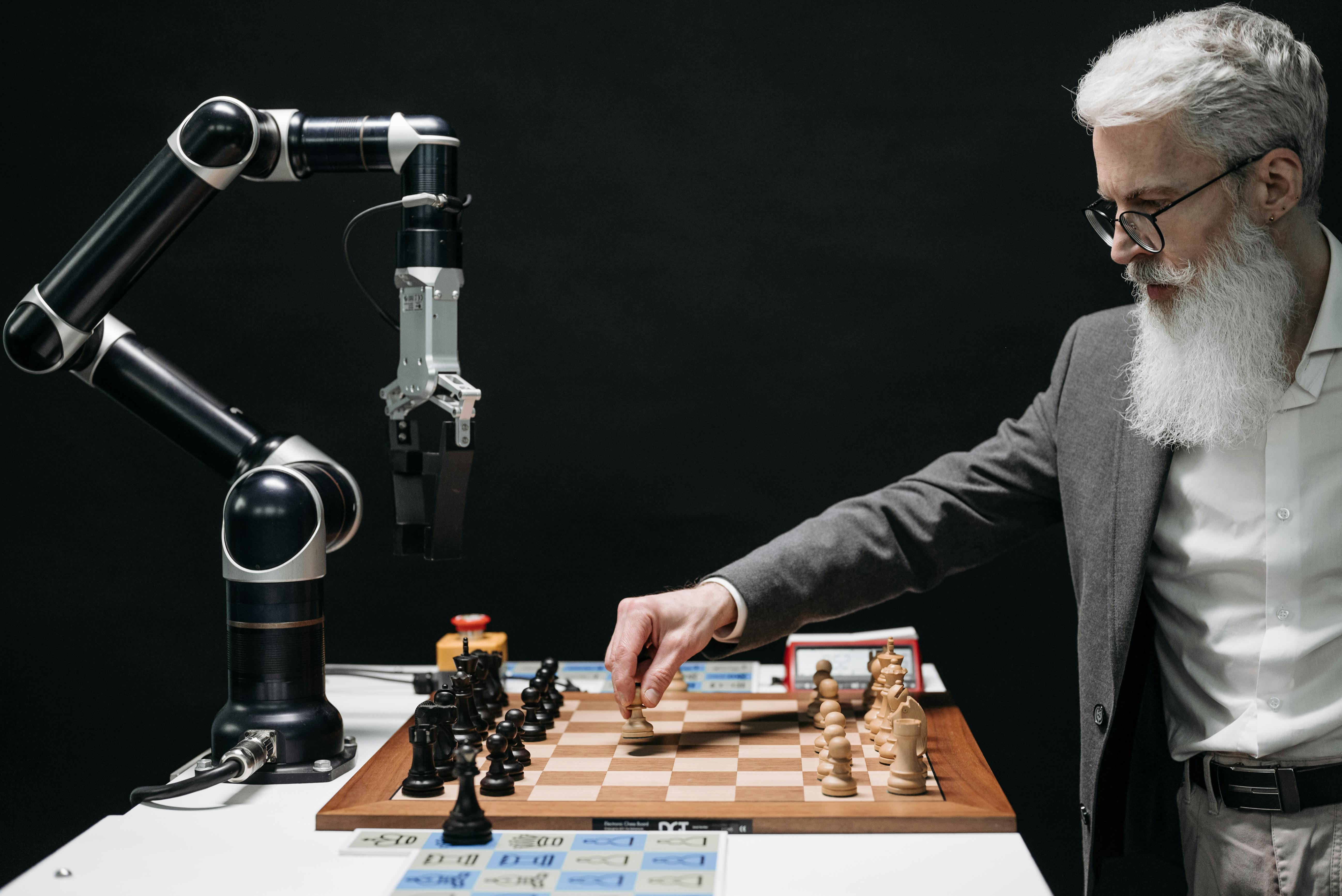
Introduction
In a significant move that has captured the attention of the tech industry, OpenAI has announced a week-long closure aimed at addressing the challenges of employee burnout and storage concerns. This response is a timely acknowledgment of the pressures faced by a company at the forefront of generative AI development, particularly in a landscape marked by intense competition.
A Strategic Stagnation After Months of Intensive Work
For over a year, OpenAI has been the focus of worldwide scrutiny due to its rapid advancements in artificial intelligence tools, such as ChatGPT, GPT-4, and the anticipated GPT-5. However, this rapid development often comes at a significant cost to the well-being of the employees who drive this innovation. Reports indicate that OpenAI employees are frequently working upwards of 80 hours per week, pushing the boundaries of creative and technological exploration.
The leadership at OpenAI has recognized the unsustainable nature of this approach and the urgent need to pause and allow their dedicated workforce to rest and recharge. The week-long operation downtime is expected to provide much-needed respite for employees who have been working diligently under immense pressure.
Meta’s Hiring Surge Raises Pressure on OpenAI
The timing of this announcement coincides with heightened competition in the tech sector, particularly from Meta. Reports indicate that Meta has actively recruited several of OpenAI’s leading researchers recently. This move not only amplifies the competitive tension in the AI industry but also raises concerns about talent retention at OpenAI.
Among those reported to have joined Meta are prominent figures such as Lucas Beyer, Alexander Kolesnikov, Xiaohua Zhai, and Trapit Bansal, who have all played crucial roles in advancing OpenAI’s models. The recruitment efforts from Meta, which include compensation packages that could exceed $100 million, further underscore the fierce competition for top AI talent in today’s job market.
Leadership Warns of Poaching Risks During Shutdown
In light of these competitive dynamics, Mark Chen, OpenAI’s Chief Research Officer, has shared a cautionary message with employees. He emphasized the importance of being vigilant regarding external recruitment efforts during this shutdown period. As Mark Chen aptly stated, “Meta knows we are offline,” reminding the team of the strategic nature of competitor moves when a workforce is on break.
Reconsidering Compensation and Storage Strategies
The recent strategic shifts prompted by the poaching of employees has led OpenAI to reevaluate its compensation structures. While the company is celebrated for its mission-driven ethos and groundbreaking work in AI security and technology adaptation, financial constraints posed by competing offers from firms like Google and Meta are becoming increasingly difficult to overlook.
Internal discussions at OpenAI focus on enhancing equity and overall compensation packages to attract and retain talent. In a sector driven by innovation, the need for competitive remuneration is becoming paramount. The internal goal is to create a supportive environment where employees feel valued and motivated to contribute to the company’s ongoing success.
The Broader Implications for the AI Industry
The decision to temporarily close operations is indicative of broader trends and challenges within the AI industry:
- High Burnout Rates: The high-pressure nature of innovation cycles can take a significant toll on employee mental health and productivity.
- Intensifying Talent Competition: Major tech companies are increasingly willing to offer lucrative compensation to attract and retain leading AI talent.
- Culture vs. Compensation: Startups focused on mission-driven work may struggle to compete against larger firms with deeper pockets.
- Impact on AI Development Stability: Fluctuations in staff morale and retention can significantly affect the pace and stability of AI development.
What’s Next for OpenAI?
Looking towards the future, OpenAI is committed to balancing rapid innovation with the internal stability of its workforce. With projects like GPT-5 on the horizon, the aim is to leverage creativity while ensuring the well-being of employees. This week-long shutdown is more than just a symbolic gesture; it represents a significant step in acknowledging and addressing the challenges faced by AI developers globally.
Conclusion
The unprecedented closure of OpenAI highlights not only the intensity of pressures within the tech industry but also the crucial understanding that people—rather than just their innovations—serve as the backbone of the company’s successes. The future will determine whether this initiative will set a new standard in tech company culture or if it simply serves as a cautionary tale amidst rapid technological advancement.